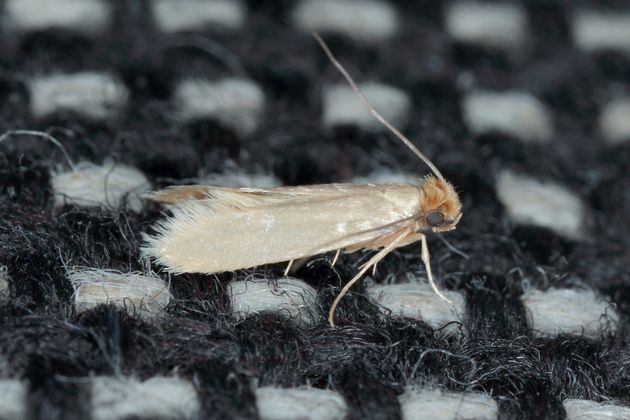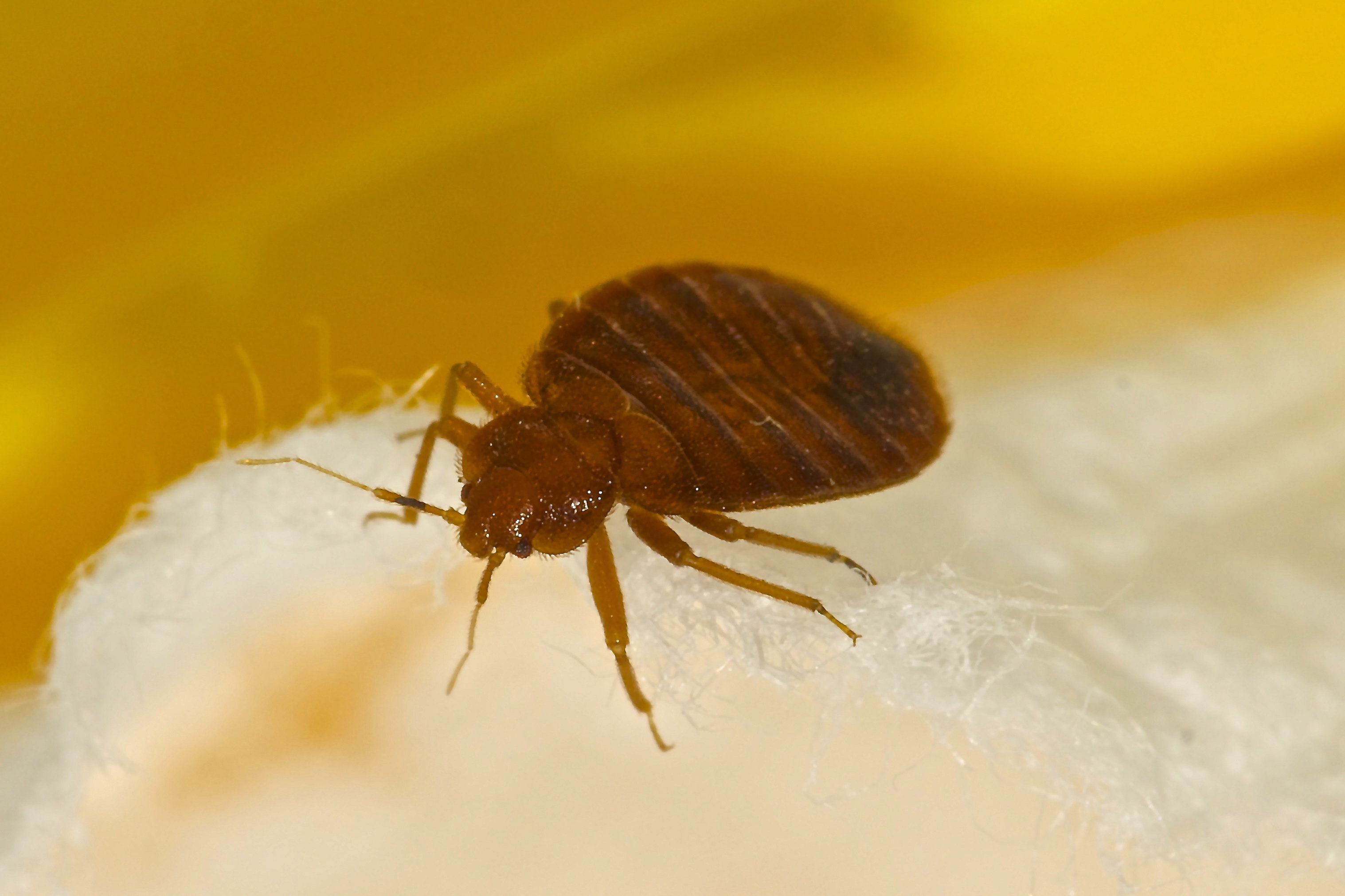
For some, moths are the winged creatures of nightmares, with their dusty facades and ability to eat through anything you cherish – whether that’s your favourite jumper, wool rug or a new set of curtains.
If you find they’re frequenting your home a little more regularly than you’d like – or perhaps you’re noticing the appearance of tiny holes in your clothes – then chances are, you’ve got a moth problem.
But what to do about it? There are hundreds of anti-moth products out there and it can be hard to know which ones – if any – do the job right. So we straight to pest control specialists for their advice.
How to spot moths
You might notice moth activity starting to ramp up around now – although if you have an infestation, it’s likely they’ll have been cracking on out of sight for a while. Paul Blackhurst, head of the technical training academy at Rentokil, explains moths are present throughout the year, but at different stages of their life cycle.
“Eggs and larvae, for example, are often hidden which protects them and makes them hard to see,” he tells HuffPost UK. “Development starts to take place from a temperature of 10°C and up to 33°C, so in heated properties development could be continuing through the winter. Adult moths emerge from pupa during the warmer months of spring, so this time of year is when people may start to see more activity.” Oh joy.
There are thousands of moth species in the UK but there are two main groups you need to know about – these are house moths and clothes moths, both of which feast on and live in household textiles.
Of the two, clothes moths are the ones you want to watch out for, according to Natalie Bungay, technical and compliance officer at the British Pest Control Association (BPCA). These moths love to feast on carpets, rugs and clothes that derive from animals (think wool, fur, feathers, cashmere) or which are made from natural fibres (linen, cotton, silk etc). They particularly like older fabrics, so that charity shop haul might turn out to be a real feast for them.
You might be sharing your home with the common clothes moth (Tineola bisselliella) which is a pale straw colour with fringed wings, or the case-bearing clothes moth (Tinea pellionella) which is similar in appearance, but has a slightly darker mottling colour to their wings.
The other types of moth which “don’t necessarily cause as much noticeable damage,” says Bungay, are house moths – specifically the brown house moth (Hofmannophila pseudopretella).
These scavenge on animal products mostly like fur and feathers and might be living in old birds nests in the attic (if you have one). They have more of a gold sheen to their wings, are darker in colour than clothes moths and have quite long antennae.
Keeping moths at bay
Anyone who’s ever had a moth infestation will know that once they’ve rooted themselves into your home, it can be tricky business to get rid of them. Prevention is key – and the main way to prevent them is by taking away their food source.
If you do have items in your house that a moth would happily snack on, it’s crucial to keep them clean. Ensure you vacuum any rugs and carpets regularly, getting right up close to corners and skirting boards, and pulling out bulky furniture to hoover underneath. Moths tend to feed in a protected area, says Bungay, such as under sofas and tables.
If you’re set to put your woolly winter jumpers away, wash them first and then store them in sealed boxes or bags. This is important as moths are drawn to human sweat, hair and body oil that is left on clothing.
“People generally put their clothes on washing cycles at lower temperatures to save energy and help reduce their environmental impacts, but in order to kill clothes-eating moth larvae it’s important to heat infested fabric to 55 degrees,” says Blackhurst.
If you can’t wash your clothes at a higher temperature, you might want to try sticking them in the freezer for a couple of days instead. “Moths eggs and larvae also can’t survive freezing temperatures, so if you think items are affected then you could put them in an airtight bag and freeze them for a couple of days,” he adds.
In terms of natural deterrents like moth balls and scented wardrobe hangers, Bungay is reluctant to recommend any in particular “because they generally aren’t tested”.
And if house moths are an issue, be sure get rid of any old disused birds’ nests in roof spaces, behind the eaves and in outbuildings.
How to get rid of an infestation
You can tell you have a textile moth problem if there are small random holes in your garments and household items, says Blackhurst. In carpets, you might notice little tunnel marks where the larvae have had a good munch (yes, it’s not actually the winged adults that do the damage here).
Other signs of moth activity include larval cases, which can be difficult to see as they take on the colour of the material the larvae are consuming, and frass (which is basically larval poo). You’ll also usually find adult moths crawling in dark corners, says Blackhurst. “Generally speaking, if you can count five to six moths in a room, then it’s likely you are experiencing a serious infestation.”
The long and short of it is that any infestation in carpets or rugs will probably need to be treated by the pros. They might lay an insecticide that sits on top of the carpet and stays active for a few weeks. “It kills adults and larvae, but it can’t penetrate the eggs,” says Bungay. This means if you have an established infestation you’ll probably need multiple treatments.
“As with any infestation prevention is better than cure, but where an infestation is present it is prudent to seek professional advice,” says Blackhurst. “Textile moth treatments can be complex and require different solutions depending on what is infested.”
For smaller infestations – for example, in clothes – you could wrap them up in a bag and stick them in the freezer for two days as this will kill all stages of life: from adults to larvae and eggs.
Alternatively, get rid of the infested carpet or rug and make sure you clean the floors properly, hoovering right up to the edges, before you lay any new ones.




